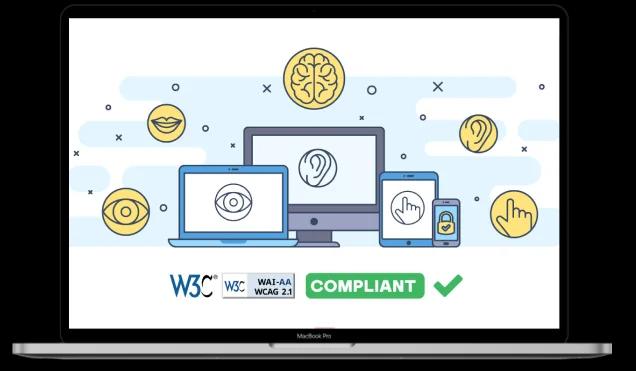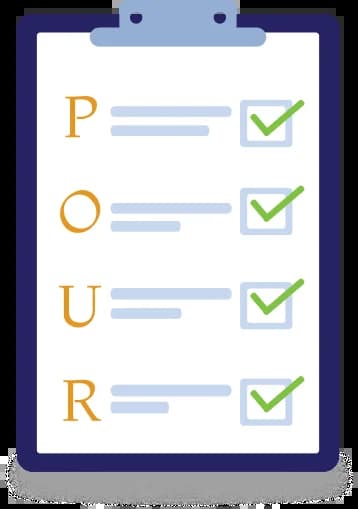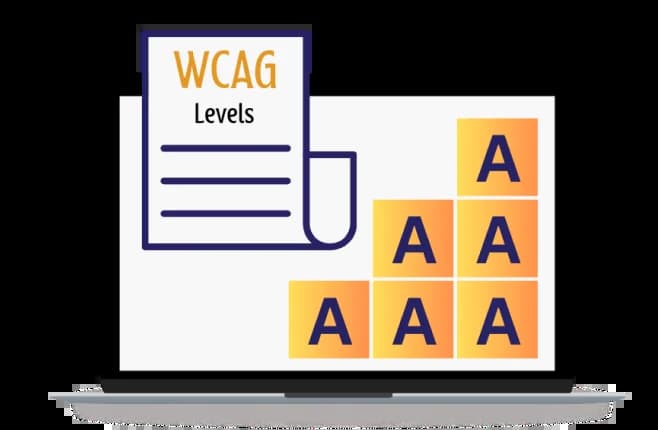Web Content Accessibility Guidelines (WCAG)

WCAG Principles
Information and user interface components must be presented to users in ways that they can perceive. For example, it's important to present information that can be perceived in different ways, where a user can adjust color contrast or font size, or view captions for videos.
This principle focuses on making web content perceivable to all users. It means ensuring that information and user interface components can be perceived through various senses, such as sight, hearing, or touch. Providing alternatives for non-text content, using descriptive text for images, and offering captions for videos are some examples of making content perceivable.
The operability principle emphasizes that web content should be operable by all users, regardless of their abilities or the devices they use. It entails designing interfaces that can be operated with different input methods, such as a keyboard or assistive technologies. Keyboard accessibility, providing clear navigation, and avoiding elements that could cause seizures are important aspects of operability.
The understandability principle focuses on making web content understandable and comprehensible to users. It involves using clear and simple language, organizing information in a logical manner, and providing instructions or assistance when needed. By ensuring that content is easy to understand, users can effectively navigate and engage with the information provided.
The robustness principle aims to ensure that web content is compatible with a wide range of user agents (browsers, assistive technologies, etc) and remains accessible as technology evolves. It encourages using standard coding practices, adhering to HTML and CSS specifications, and avoiding reliance on specific technologies that may limit accessibility. A robust approach ensures that content can be interpreted accurately and consistently across different platforms.

WCAG Conformance Levels
Web Content Accessibility Guidelines (WCAG) are internationally recognized guidelines developed by the World Wide Web Consortium (W3C). They provide a comprehensive framework for creating accessible web content. Conformance with WCAG ensures that websites, applications, and digital content are usable and perceivable by individuals with disabilities. Here are the levels of conformance defined by WCAG:
This level represents the base level of conformance. Level A criteria affect the broadest group of users with the most benefits and are essential. But, with the base level of support, some barriers will still exist that impact certain groups of users.
Level AA conformance builds upon Level A and encompasses more advanced accessibility criteria. It focuses on improving the user experience for individuals with disabilities. Meeting Level AA requirements ensures a higher degree of accessibility, including features like text resizing, color contrast, and providing captions for multimedia content.
Level AAA conformance represents the highest level of accessibility. It includes all Level A and Level AA criteria and additional advanced accessibility features. Meeting Level AAA requirements indicates an exceptional commitment to inclusivity and accessibility. Level AAA addresses aspects like sign language interpretation, advanced keyboard functionality, and enhanced multimedia accessibility.
